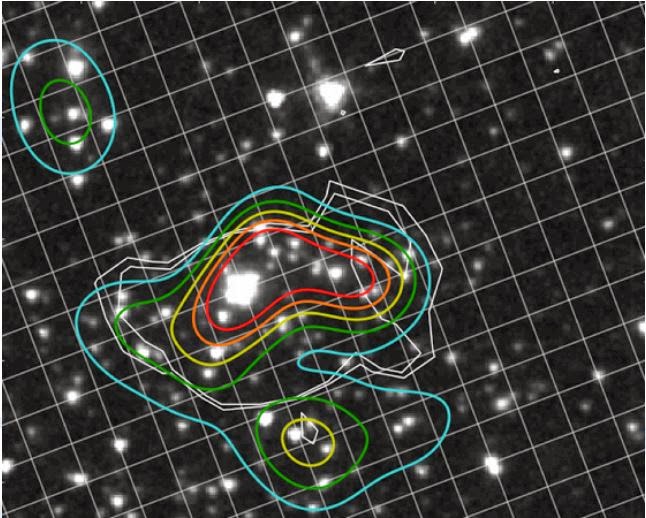| Online: | |
| Visits: | |
| Stories: |

| Story Views | |
| Now: | |
| Last Hour: | |
| Last 24 Hours: | |
| Total: | |
Planck Satellite Helps To Unveil The Large-Scale Structure Of The Universe
“Planck detects, then Herschel analyzes”. That’s how Gianfranco De Zotti, professor at the International School for Advanced Studies (SISSA) in Trieste and at INAF-Astronomical Observatory of Padova, summarizes the rationale of the study just published in Astronomy & Astrophysics. “As Mattia Negrello had already suggested in 2005, it is precisely Planck’s low resolution – optimized for the study of the cosmic microwave background but a major limitation for identifying extragalactic sources – which makes the satellite a powerful tool in the search for large-scale structures. And today we finally have the first experimental proof”.
But let’s take a step back. Planck is a satellite that has scanned the entire sky. It was designed to observe cosmic background radiation, that is, the residual electromagnetic energy that permeates the Universe and comes straight from the Big Bang. Its eye does not have excellent resolution (its vision is not sharp enough to see single objects of a certain type), but it’s able to provide coverage of the whole sky.
Galaxy proto-clusters are the precursors of the largest dynamically stable structures in our Universe. These clusters contain many galaxies at high “redshift” (i.e., shifting towards the red end of the spectrum, a parameter astrophysicists use for calculating their distance). Given that these structures are rare and large, Planck’s ability to capture the overall picture makes it particularly suited to detecting them.
In 2005, Mattia Negrello’s PhD thesis at SISSA proposed a series of theoretical considerations supporting the use of Planck for this type of observation. The doubts mainly concerned the hypothesis that proto-clusters could contain a sufficient number of intensely star-forming galaxies for them to be identified by Planck.
Now, an international group of scientists has just demonstrated, on the basis of observational evidence, that Negrello’s hypotheses were well founded. Planck has provided the first all-sky map of high redshift sources, and with the help of the Herschel satellite (which has a “sharper” vision but coverage limited to a small portion of the sky), a more advanced characterization of these sources is being attempted. The authors of the study, led by Hervé Dole of the Institute of Space Astrophysics in Orsay, include Negrello (now at INAF-Astronomical Observatory of Padova), and De Zotti, a member of the SISSA “Planck group”.
“Thanks to this new study, we now hope that Planck will be able to play a major role in research into the large-scale structure of the Universe”, concludes De Zotti.
Federica Sgorbissa
International School for Advanced Studies (SISSA)
Source:




